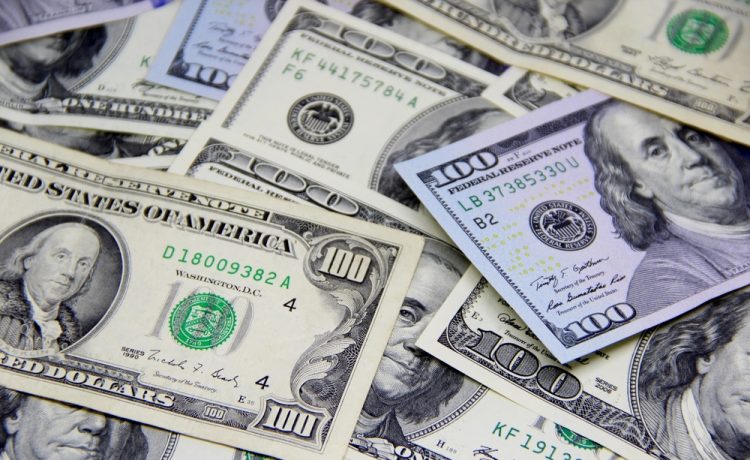The dollar has been sliding since October’s benign U.S. inflation report but found footing on upbeat jobs data published on Friday
The dollar dropped on Tuesday and the yen regained some ground it had lost in the past two sessions as traders turned their focus to U.S. inflation data later in the day and a string of central bank meetings ahead.
The dollar was 0.47 per cent down at 145.54 yen. The pair has had a volatile few days, with the yen soaring on remarks taken as hawkish from the BoJ before falling back on a news report downplaying the prospect of an imminent policy change.
There is talk of a pivot by the BoJ to higher rates and there is some speculation it could come as soon as next week, said ANZ economist Tom Kenny.
A hike now seems premature with a backdrop of weak consumer spending, he added, though trends in inflation and wages indicate sustainable inflation and ANZ expects Japan starting its journey out of super-accommodative negative rates by April 2024.
The euro rose 0.22 per cent to $1.0788, and sterling was steady at $1.2556. The dollar index, which tracks the greenback against six rivals, was 0.2 per cent down at 103.86.
Higher iron ore prices and a bounce back in Chinese property shares helped the Australian and New Zealand dollars higher.
Forty years to the day after its float, the Aussie advanced 0.3 per cent higher to $0.6588.
The New Zealand dollar added 0.44 per cent to $0.6148.
U.S. inflation data, due at 1330 GMT, will frame Wednesday’s Fed policy decision.
The dollar has been sliding since October’s benign U.S. inflation report but found footing on upbeat jobs data published on Friday. The Federal Reserve is considered certain to hold rates at 5.25 per cent-5.50 per cent this week, putting the focus on policymakers’ so-called dot plots on the rate outlook and Chair Jerome Powell’s press conference.





